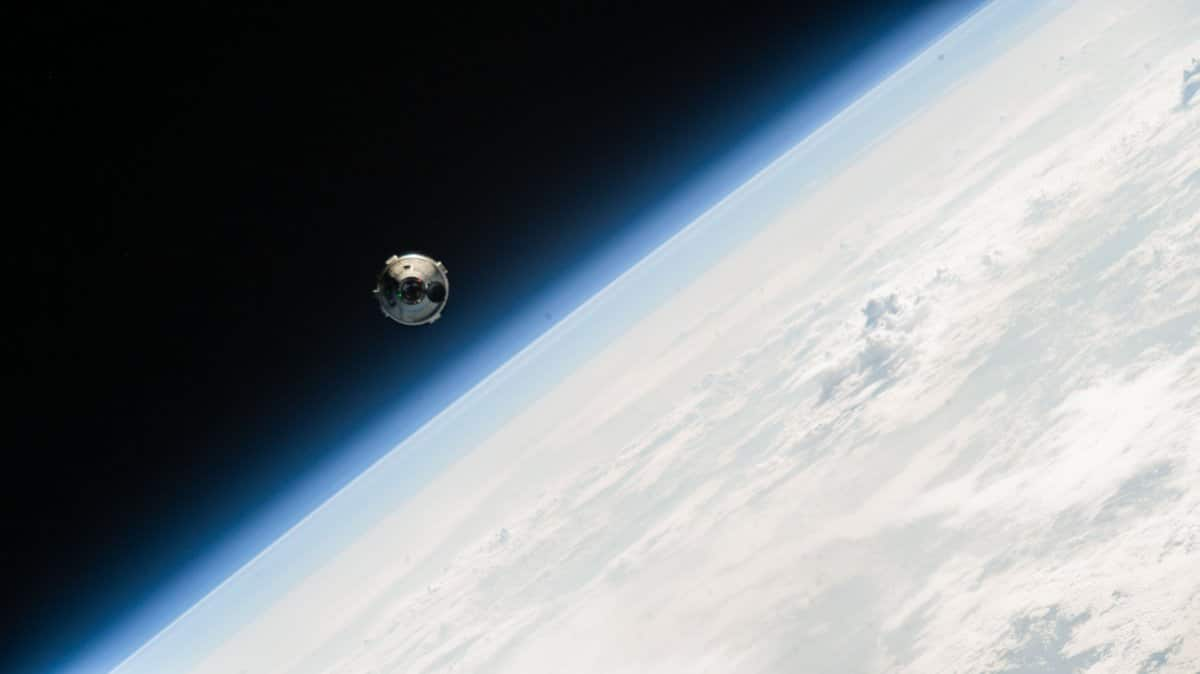
Boeing's Starliner successfully docks with ISS amid technical glitches
What's the story
Boeing's Starliner spacecraft has successfully transported two astronauts, Barry Wilmore and Sunita Williams, to the International Space Station (ISS). The docking occurred at 11:04pm IST on Thursday, marking a significant milestone in Boeing's mission to certify the capsule for regular crewed missions. This is the third visit to the station for both astronauts and is the first time a Boeing Starliner capsule has been used for such a mission.
Technical issues
Technical hurdles during test mission
Despite the successful docking, the mission faced several technical issues including three helium leaks and five malfunctioning thrusters on the spacecraft's propulsion system. The thruster problem temporarily halted docking when Starliner was less than 1,000-feet from the ISS. However, Boeing and NASA managed to bring four of them back online after conducting hot-fire tests. "Nice to be attached to the big city in the sky," Wilmore commented after docking resumed.
Maiden voyage
Starliner's maiden astronaut delivery mission
The Starliner was launched aboard a United Launch Alliance (ULA)'s Atlas V rocket, marking its first time delivering astronauts to space. This mission is crucial for the spacecraft's certification for regular astronaut transportation missions with NASA. Currently, SpaceX's Crew Dragon capsule is the only other provider of this service. "I would say Starliner made us work a little harder to get docked," said Steve Stich, program manager for NASA's Commercial Crew Program.
Future prospects
Future plans and challenges
Wilmore and Williams are the first crew to fly Starliner, which NASA and Boeing hope to certify for regular missions to the ISS. Despite facing delays and safety concerns, engineering teams assert there is more than enough helium left in reserve, ensuring that Starliner won't leak anymore while docked to the ISS. Stich noted that such issues with new spaceships are not uncommon, referencing early problems faced by the Space Shuttle program and SpaceX's Dragon program.
Mission tasks
Astronauts's tasks and Starliner's return journey
During their stay on the ISS, Wilmore and Williams will evaluate the spacecraft systems, including simulating whether the ship can be used as a safe haven in an emergency. The mission is part of a roughly 10-day test of the Starliner spacecraft, which will conclude with its re-entry into Earth's atmosphere and touchdown in the western United States. After eight days on the ISS, they will re-board Starliner for a parachute-assisted landing on Earth.
Space legacy
Starliner joins legacy of US-built spaceships
Starliner is the sixth type of US-built spaceship to fly NASA astronauts, following the Mercury, Gemini, and Apollo programs in the 1960s and 1970s, the Space Shuttle from 1981 to 2011, and SpaceX's Crew Dragon from 2020. Despite its early technical issues, similar to those faced by its predecessors in their initial stages, Starliner aims to become a regular vehicle for astronaut transportation missions with NASA. This mission marks a significant step toward that goal.